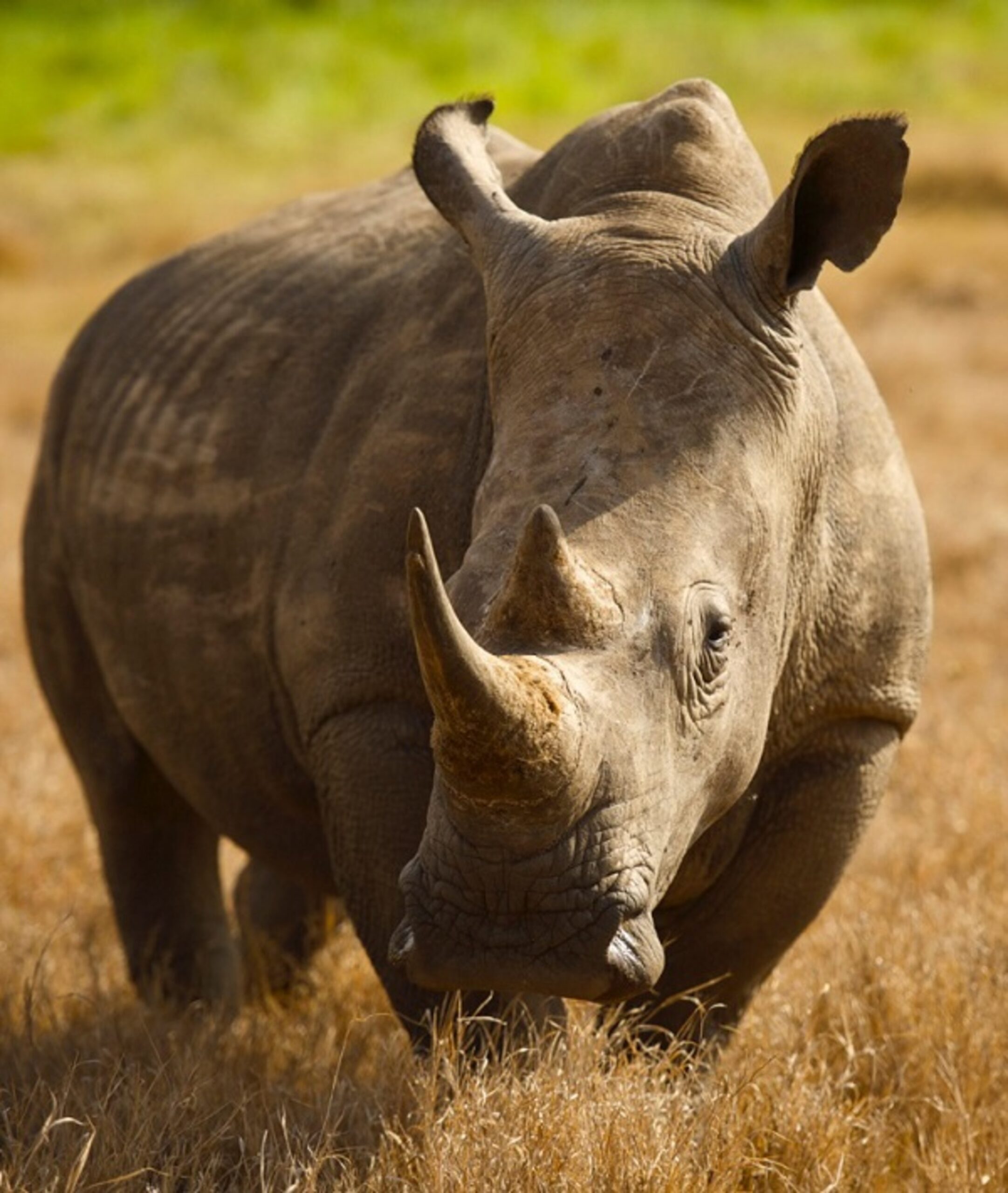
In 2018, the world's last remaining male northern white rhino died in captivity. In the wild, both the northern white rhino and the western black rhino are extinct, with other populations of rhinos across Africa and Asia treading dangerously close to the same fate. What will happen when all rhinos are extinct? Not only will we lose the chance to witness (and study) these majestic creatures, but their demise could spell trouble on a global scale.
Ripple effect
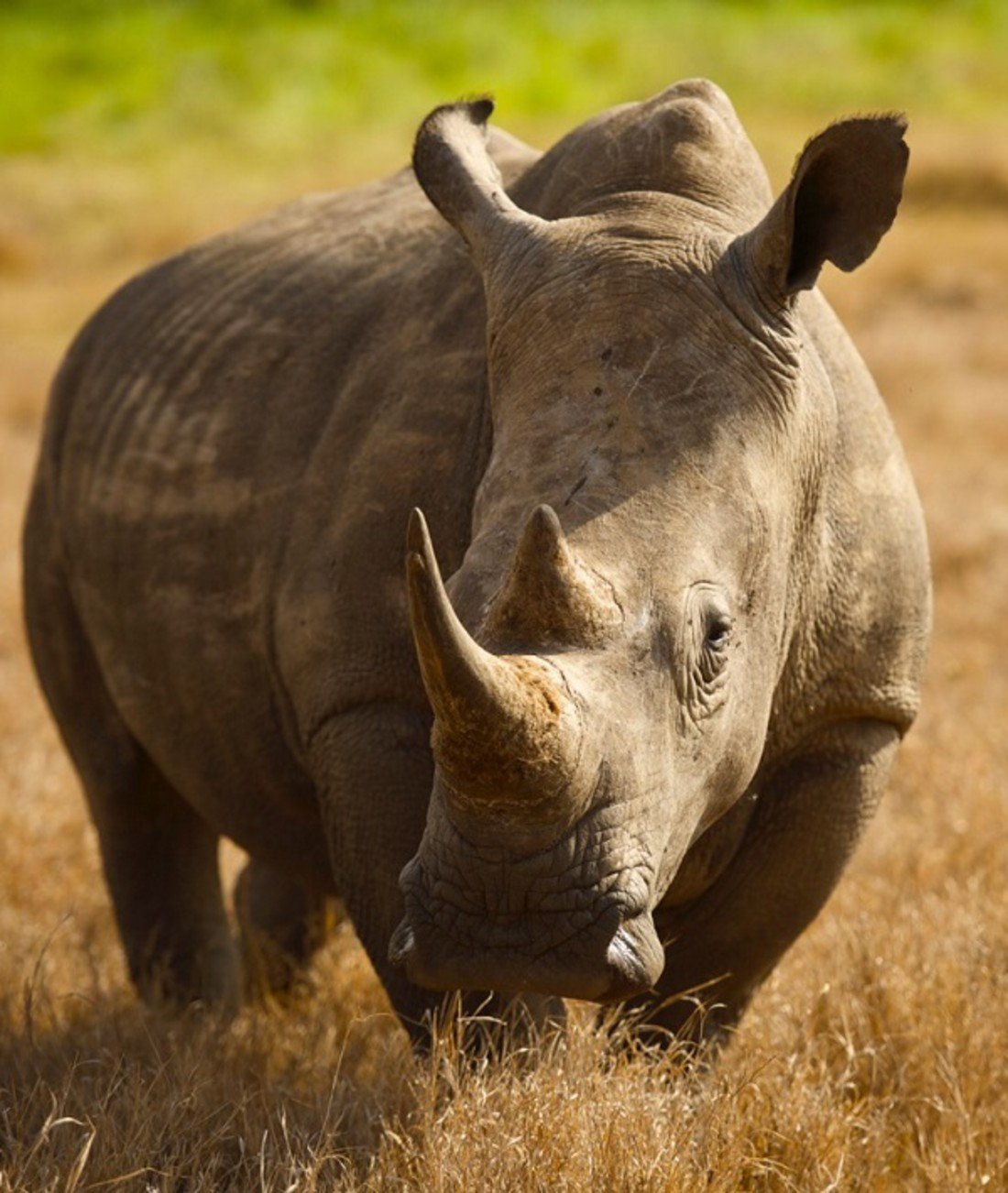
Rhinos are considered a keystone species, meaning they have a large impact on the ecosystem and without them the environment can drastically change.
Fewer grazing lawns
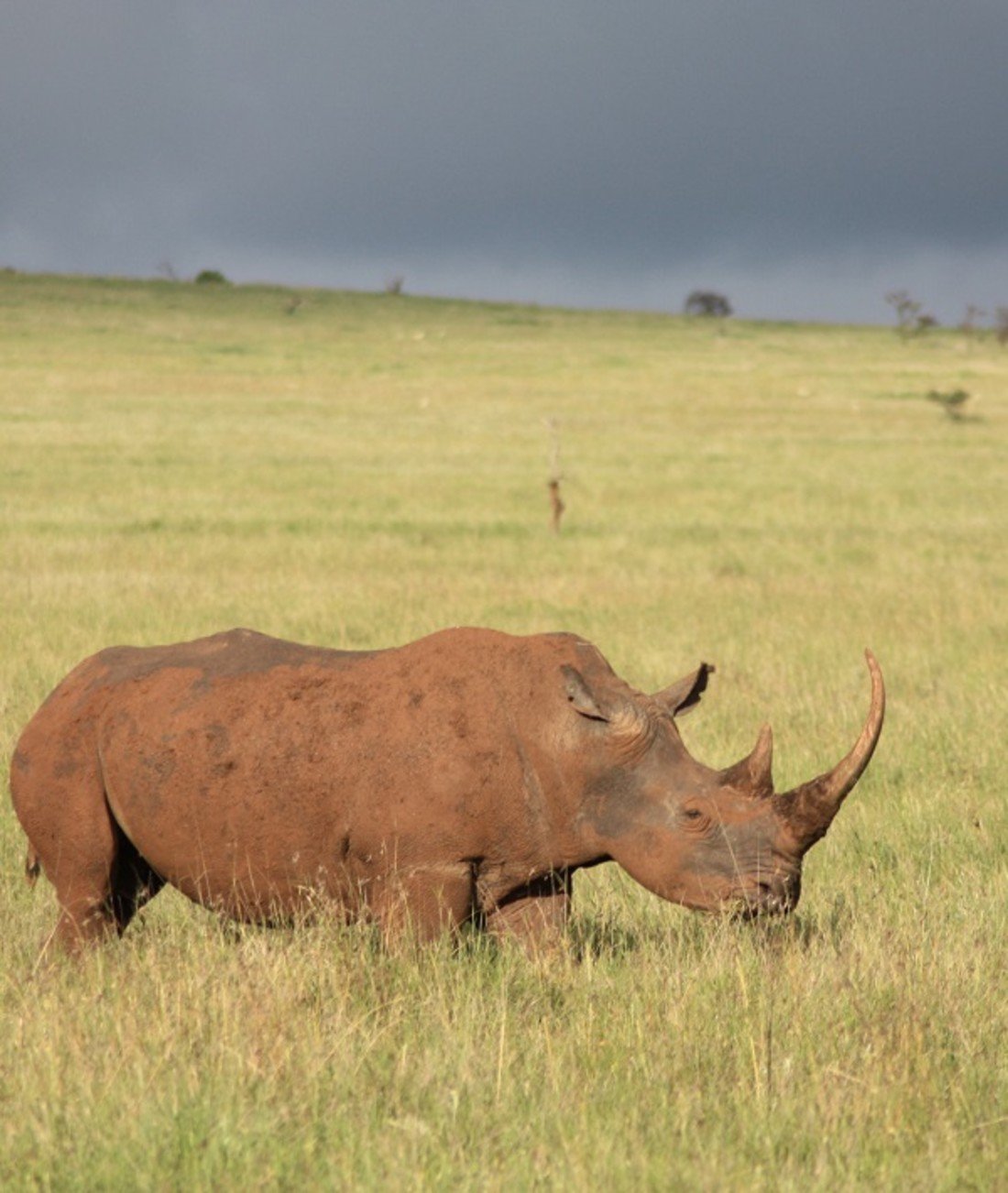
In one study, researchers found that without rhinos, there are fewer grazing lawns, since they keep other foliage (like forests) from taking over. In fact, where rhinos regularly dine, there are nearly 20% more grazing lawns, proving they're doing more for the environment than just munching greenery.
Less plant biodiversity
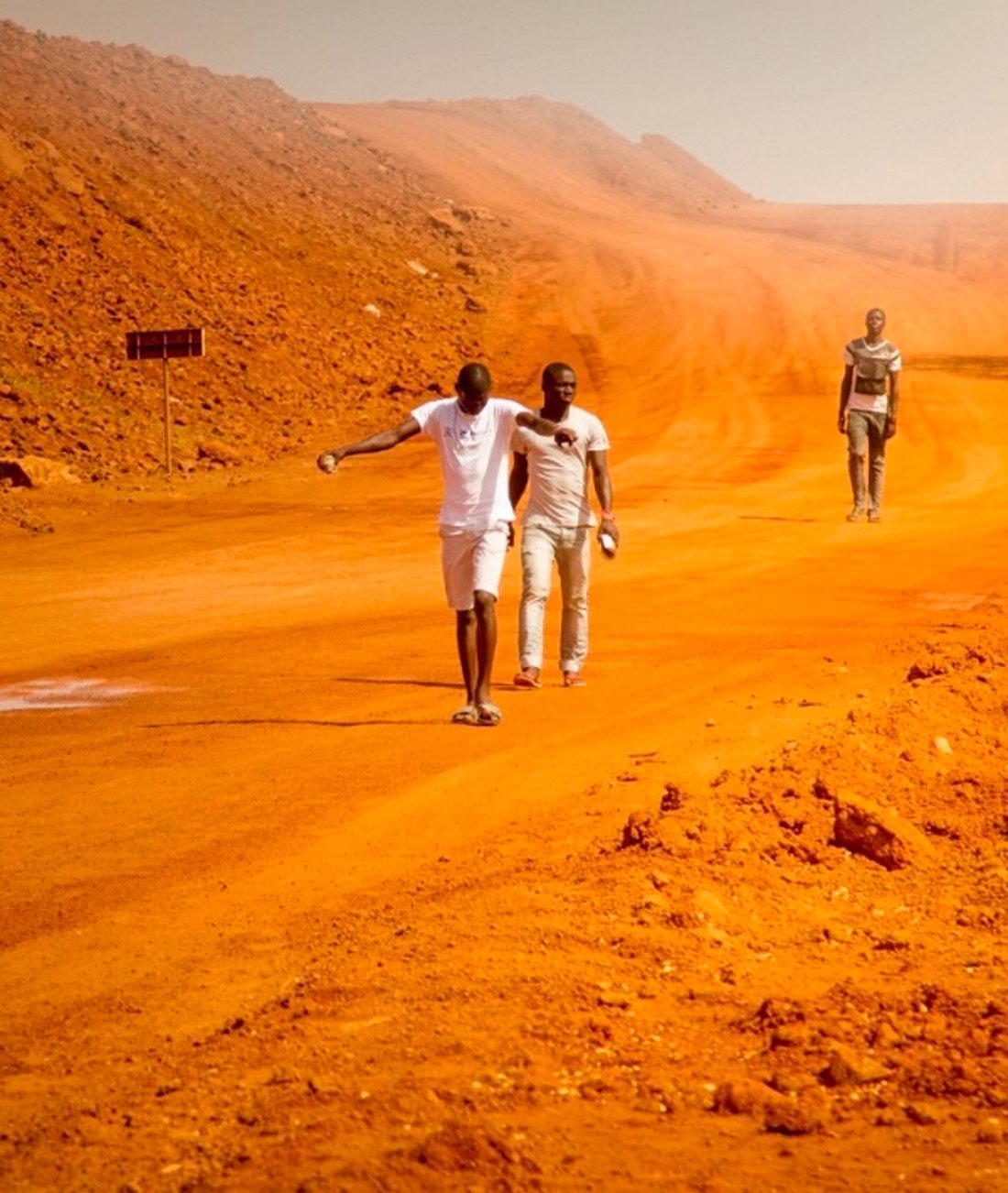
Another way rhinos help just by eating is by allowing other species of grass to take root by clearing the area of more dominant edible greenery. This increases plant biodiversity and keeps the ecosystem healthy. Without these selective lawn mowers, invasive plant species can take over and cause the death of other important plants, eventually leading to a barren landscape in some places and overgrown forests (where grass-eating species wouldn't survive) in others.
Less food for gazelles
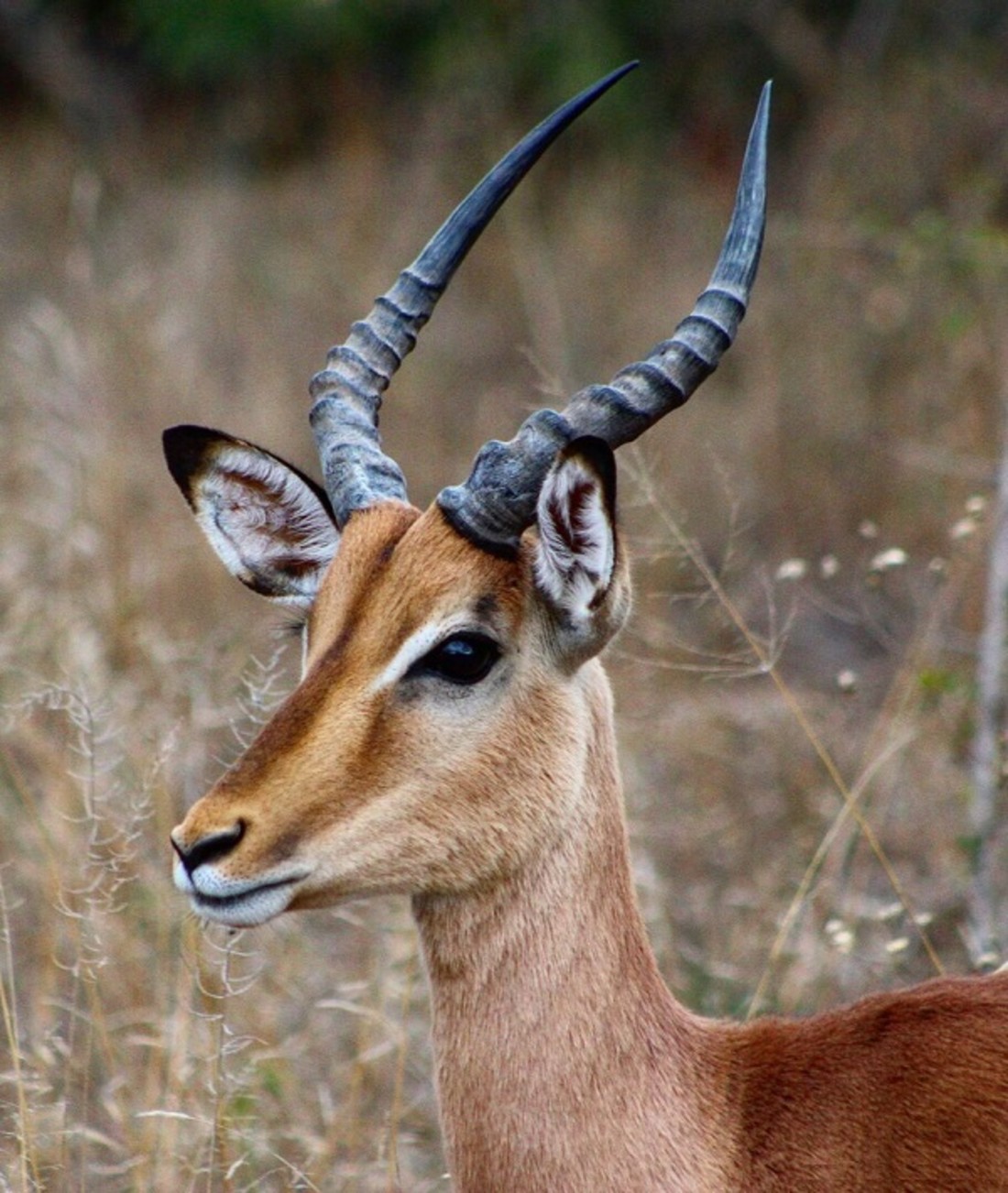
Without rhinos helping to sustain plant biodiversity and grazing lawns, the African savannas will become less hospitable to other herbivore species. One species that would be impacted is the critically endangered dama gazelle, which is estimated to have a population of just 500.
Less food for antelope
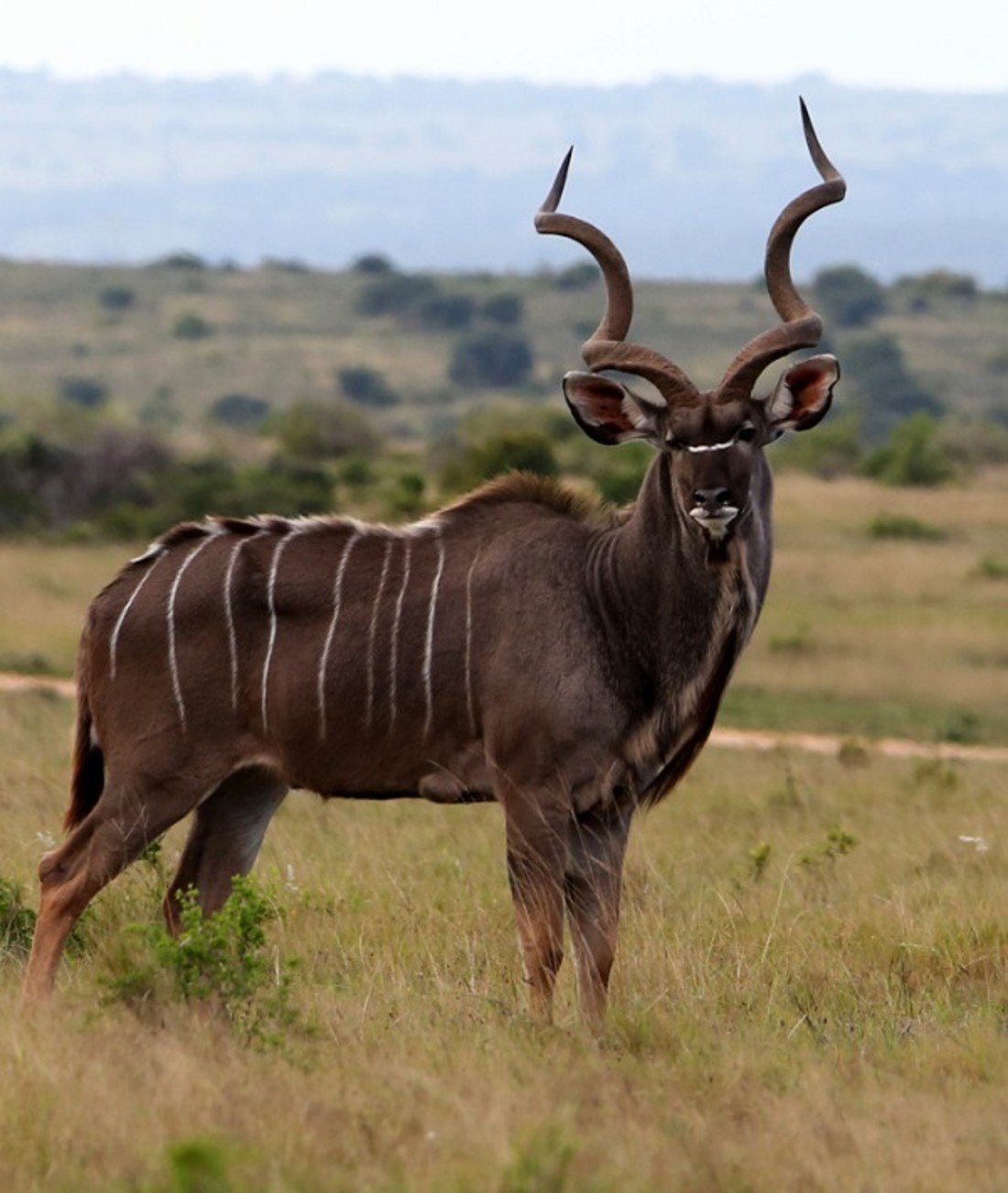
Antelope are another herbivore species dependent on grasslands for grazing. Without the help of rhinos to keep grazing lawns verdant and forests at bay, the antelope's numbers could also decline.
Less food for zebras
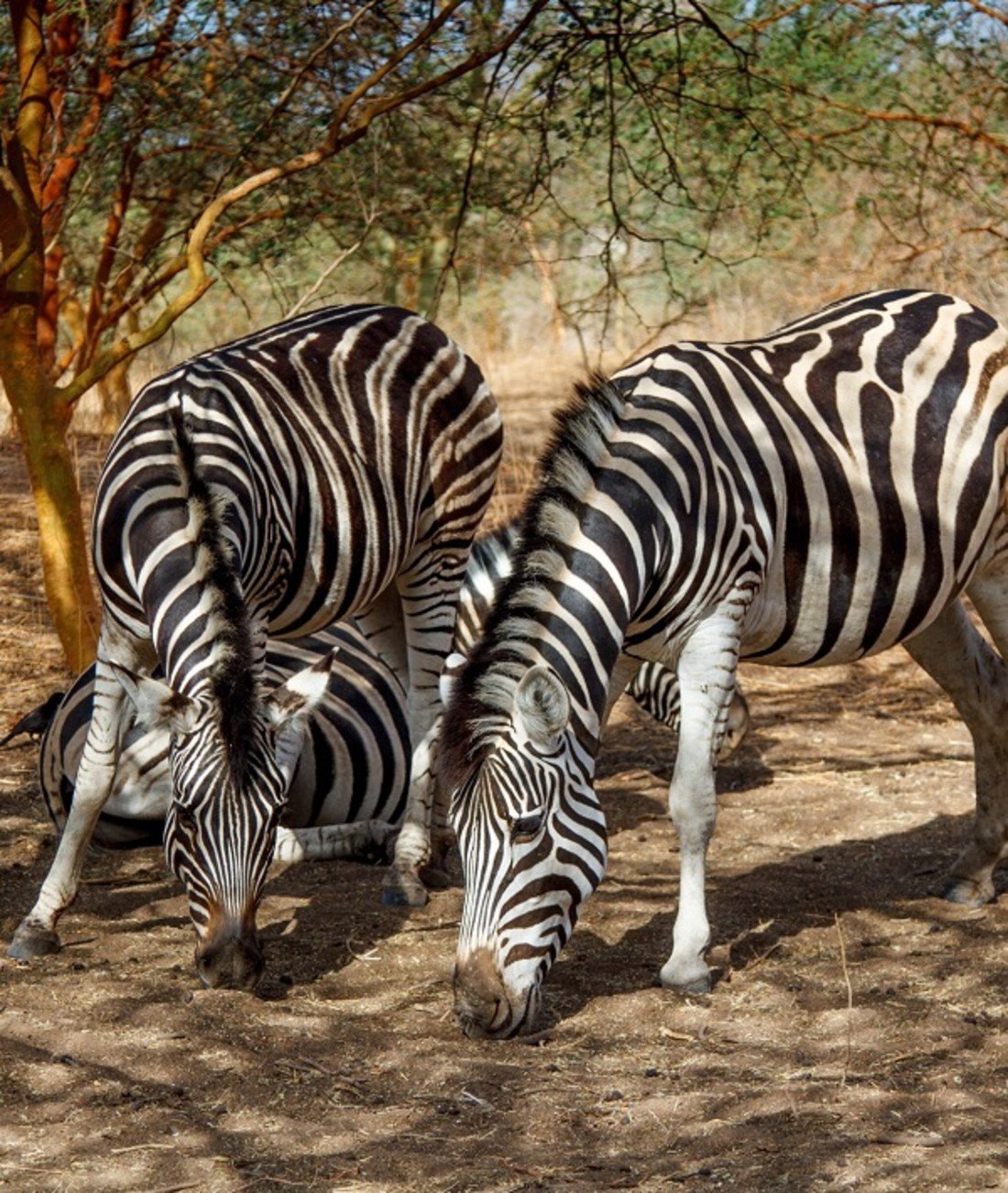
Even our beloved zebras would suffer the consequences of having limited grazing lawns if rhinos went extinct. Since rhinos can eat between 150 and 200 pounds of food in a day, they're doing a lot of ecological heavy lifting, helping to clear areas and encouraging regrowth in others. Animals like zebras, which have less of an ecological footprint, rely on rhinos to keep their grassy buffets healthy and plentiful.
Less wildlife biodiversity
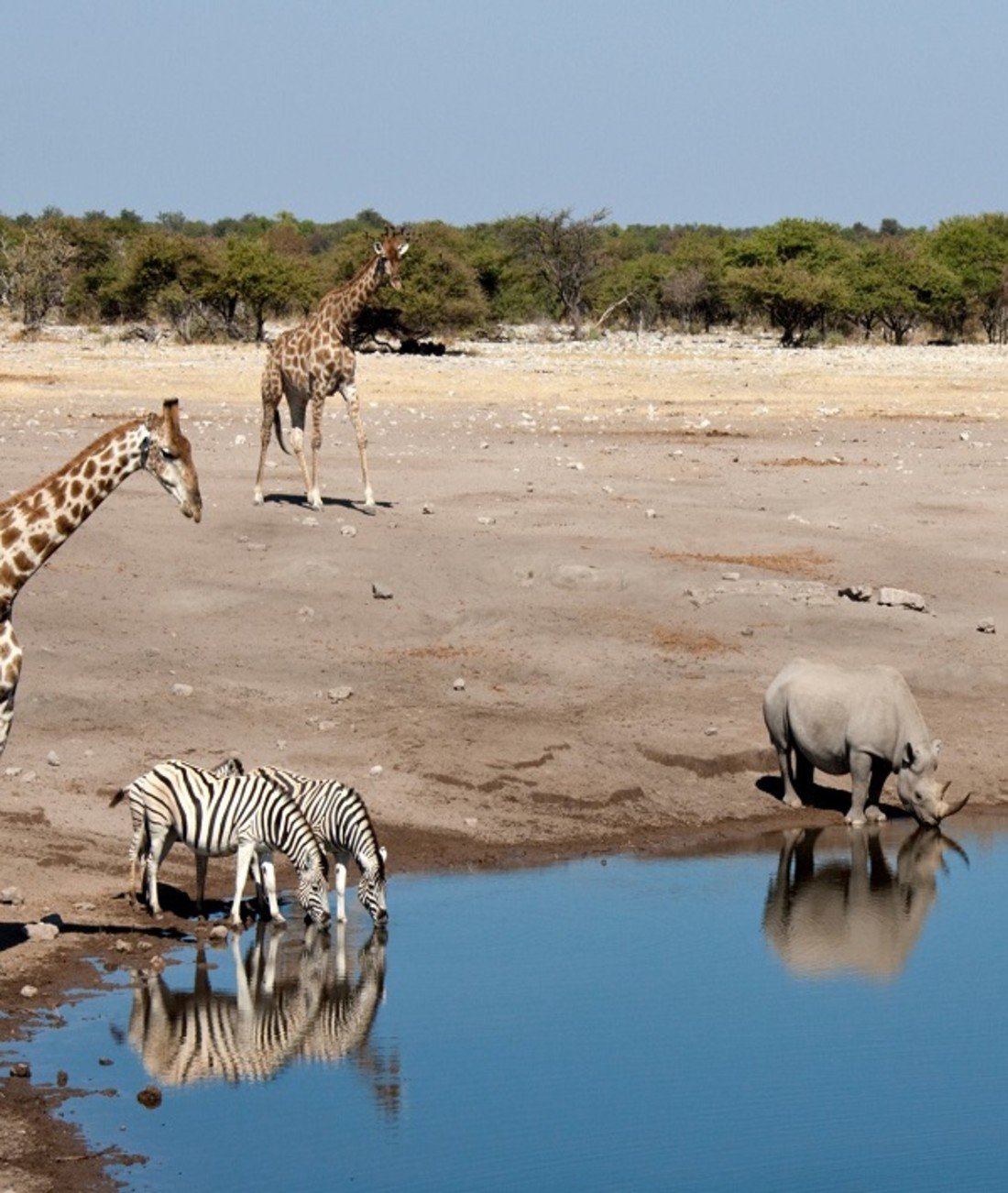
Of course, fewer grazing lawns mean that fewer herbivores can survive in the wild, decreasing the ecological biodiversity of an area. The imbalance in the food chain doesn't just affect grass-eaters, either. The carnivores that eat them, including lions, leopards, cheetahs and hyenas, would also suffer a major food shortage.
More carbon dioxide in the atmosphere

One interesting (and scary) effect of diminished grasslands and grazing lawns is that it leads to an increase in carbon dioxide in the atmosphere. Since grasslands work to absorb more carbon dioxide than they release, it's fair to say that rhinos are as important to air quality as they are to the Earth's ecology.
Climate change
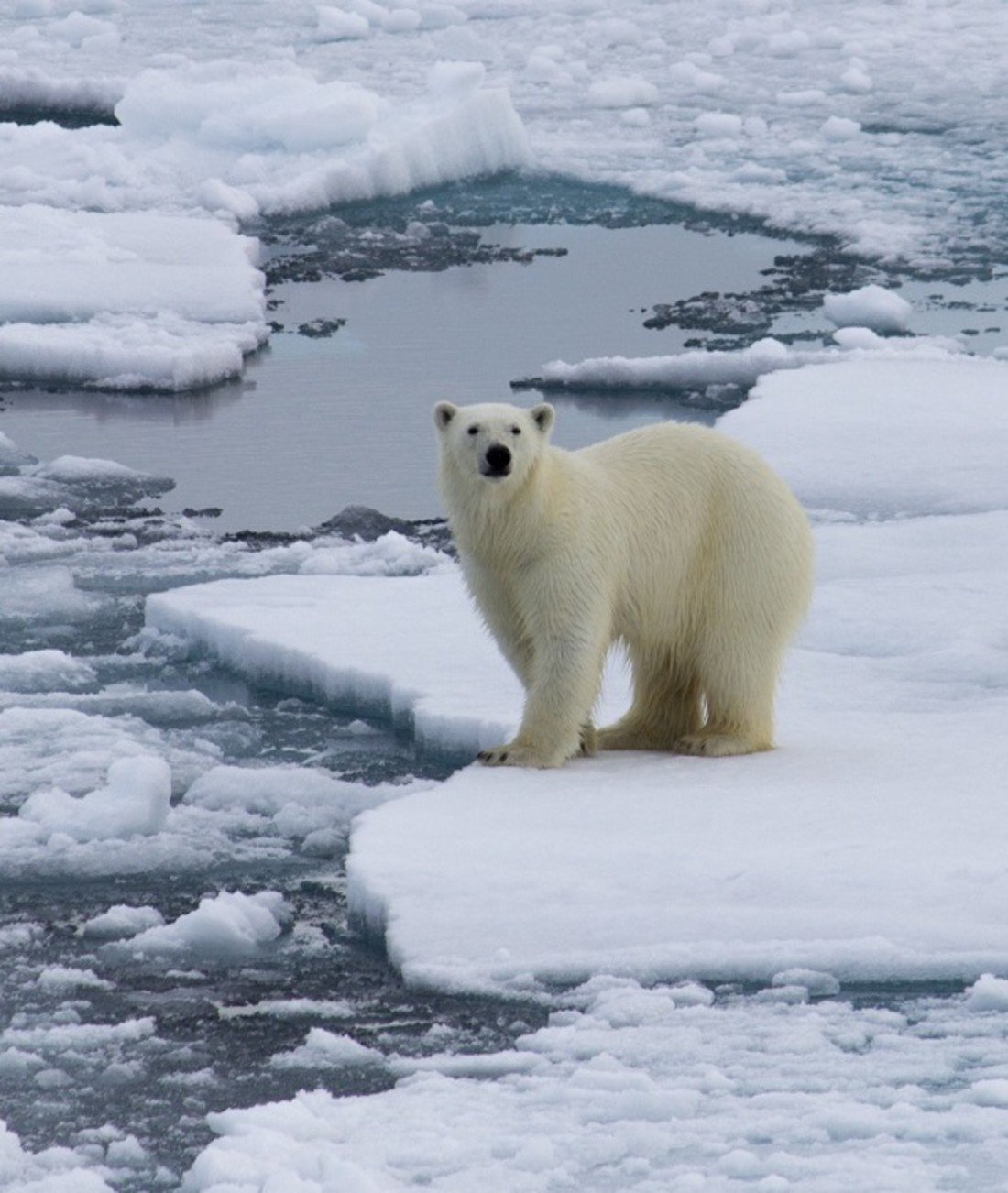
Of course, increased carbon dioxide is directly related to climate change. As temperatures rise, polar ice caps are melting faster than ever, creating problems for animals like polar bears, which are at risk of extinction themselves due to melting ice and a decrease in their own food supply. It's scary to think that the extinction of rhinos could increase the likelihood of extinction for polar bears and other Arctic species.
Less wildlife tourism

On a local level, another way rhinos help is by increasing tourism. In South Africa, where 80% of wild rhinos live, tourists flock to sanctuaries and savannas each year, hopeful to catch a glimpse of these big, beautiful mammals. Without rhinos, wildlife tourism, which aids in building local economies, could suffer.
Decreased employment

Without tourism, some African travel destinations could be negatively impacted. Careers as tour guides and animal caretakers, as well as self-employed business owners who sell their wares, would all suffer a decline and leave people without jobs. In countries like Namibia, where eco and wildlife tourism is a significant source of income, creating a direct link between rhinos and job security.




